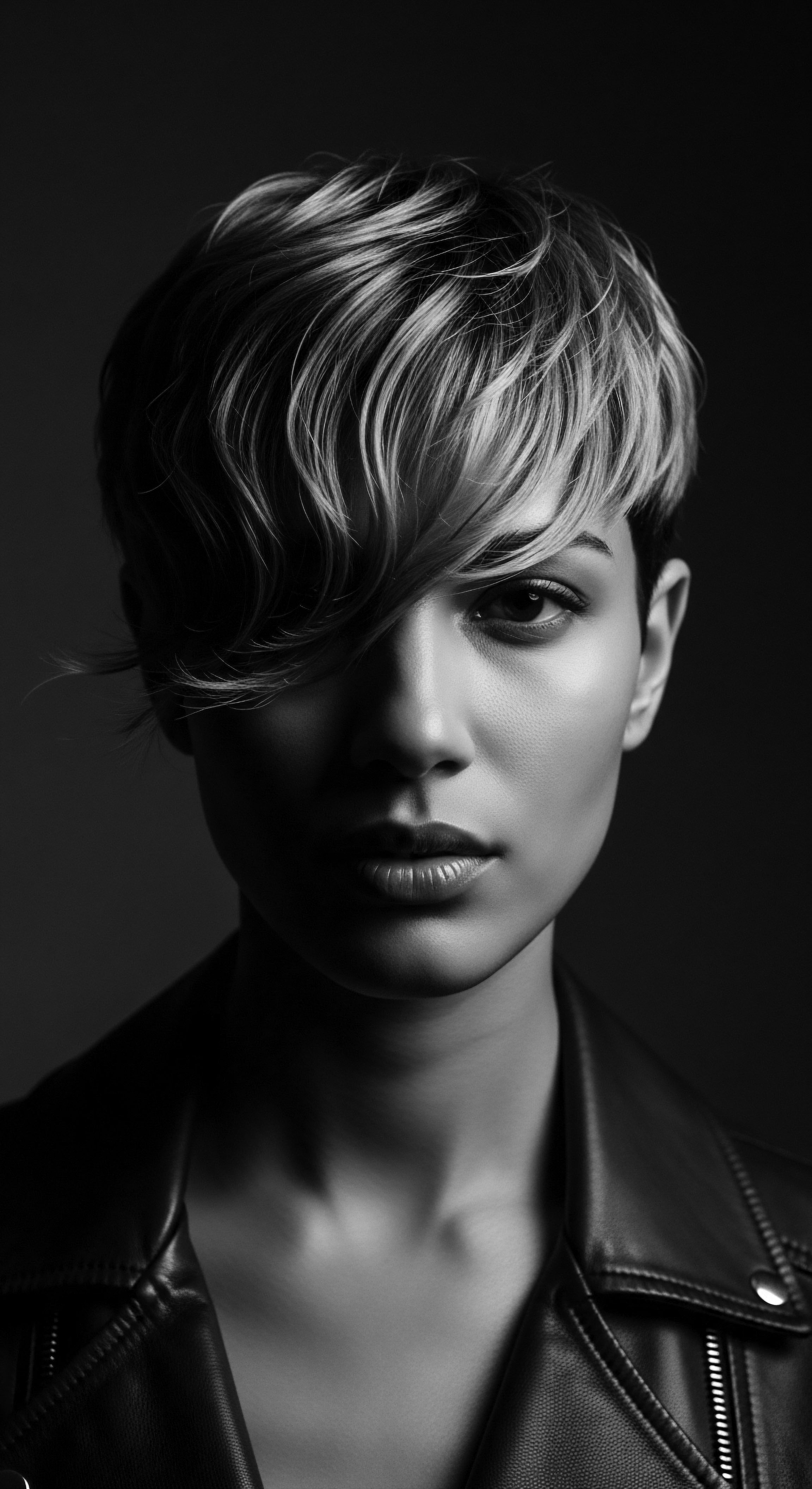
Fundamentals
The notion of an Anti-Inflammatory Scalp, at its most elemental meaning, describes a scalp environment where conditions that instigate irritation, redness, flaking, or discomfort are either absent or carefully managed. This state signifies a physiological balance, a calm terrain where the intricate network of follicles, blood vessels, and nerve endings can sustain optimal hair growth and overall well-being. Think of it as a fertile ground, well-tended and serene, allowing the natural splendor of hair to ascend from its very root. The absence of chronic inflammation is a cornerstone for hair health, ensuring that the follicular units, the very cradles of our strands, remain undisturbed by the microscopic battles that can lead to hair shedding or diminished vitality.
Across diverse human experiences, the scalp has always held a place of reverence. For those with textured hair, particularly within Black and mixed-race communities, the scalp is not merely a biological structure; it represents a profound connection to lineage, a site of cultural expression, and often, a silent witness to generational practices of care and resilience. The pursuit of an anti-inflammatory scalp, therefore, is not a new, modern aspiration but an echo of ancient wisdom, a continuation of practices designed to soothe and protect this sacred space. Understanding this elemental state begins by recognizing the visible signs ❉ a scalp free from persistent itching, painful lesions, excessive oiliness or dryness, and the general disquiet that signals internal imbalance.

The Heritage of Scalp Soothing
Long before scientific laboratories isolated specific inflammatory markers, ancestral communities possessed an intuitive knowledge of what a healthy scalp felt and looked like. Their practices, honed over centuries, often involved natural elements known for their calming and restorative properties. These historical approaches, passed down through oral tradition and lived experience, frequently aimed to maintain the scalp’s ecological balance, preventing the very conditions we now label as inflammatory. This deep understanding underscores that the pursuit of a tranquil scalp is a thread woven into the very fabric of textured hair heritage.
A calm scalp nurtures the hair, reflecting ancient wisdom applied to contemporary well-being.

Elemental Components of a Soothed Scalp
From a foundational perspective, an anti-inflammatory scalp can be delineated by several key characteristics that have been observed across various traditional hair care systems ❉
- Balanced Moisture ❉ Neither excessively dry nor overly oily, indicating a healthy barrier function and sebum production. Traditional methods often utilized plant-based oils and butters to achieve this equilibrium.
- Absence of Irritation ❉ No persistent itching, burning, or tingling sensations, which are often the first indicators of underlying inflammation. Ancestral remedies focused on gentle cleansing and soothing topical applications.
- Clear Complexion ❉ A scalp free from visible redness, pustules, or scaly patches, suggesting a harmonious microbial environment and minimal immune response. Herbs and natural infusions frequently served to purify the scalp.
The importance of these elemental characteristics resonates particularly for textured hair types, which often possess a greater susceptibility to dryness and breakage due to their unique coiled structure. A compromised scalp, beset by inflammation, can exacerbate these inherent characteristics, impeding the journey of hair growth and vitality. The protective styling practices, while often beneficial, also necessitate diligent scalp care to prevent irritation from tension or product buildup.
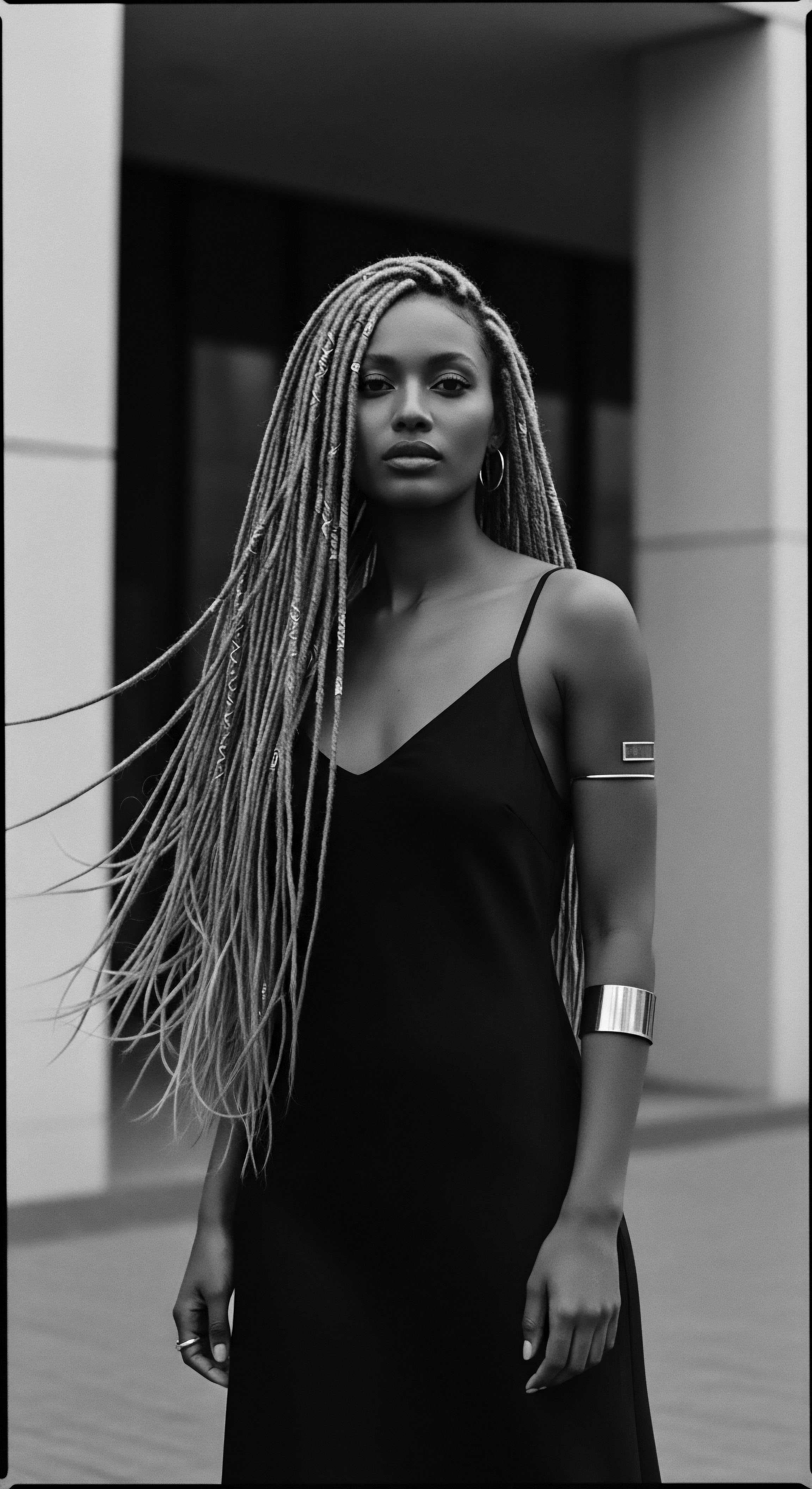
Intermediate
Moving beyond its simple meaning, the concept of an Anti-Inflammatory Scalp for the intermediate learner involves a deeper appreciation of the biological mechanisms at play and how these mechanisms intersect with the distinct realities of textured hair. It’s an interpretation that bridges foundational knowledge with a more nuanced understanding of cellular responses, the scalp microbiome, and the stressors unique to coiled and coily hair. The condition is not simply about an absence of discomfort; it is a state of physiological well-being where the immune system of the scalp maintains a balanced, protective posture, rather than launching an excessive, damaging response.
Chronic scalp inflammation can manifest in various forms, from persistent itching and flaking, often associated with conditions such as seborrheic dermatitis, to more severe ailments like folliculitis or scarring alopecias. For textured hair, these conditions can carry a disproportionate burden. The inherent structural characteristics of highly coiled hair, such as the elliptical shape of the hair shaft and the way it emerges from the scalp, can predispose individuals to certain types of irritation and ingrown hairs, which in turn can trigger inflammatory responses. The very hair care practices that support the integrity and beauty of textured strands, such as tight braiding or chemical treatments, may inadvertently become conduits for inflammatory conditions if not managed with judicious care.
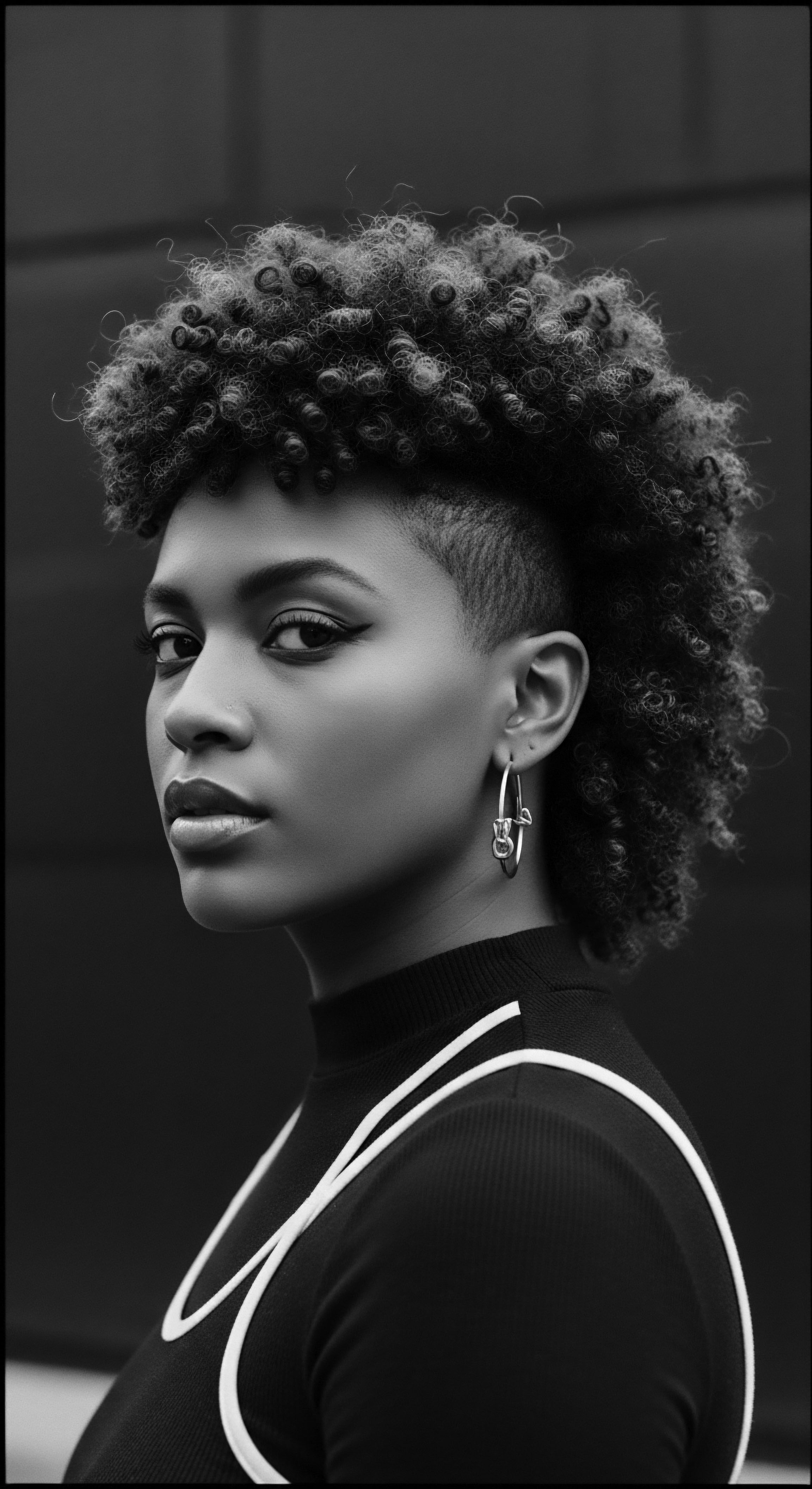
Biological Rhythms and the Scalp Ecosystem
The scalp functions as a delicate ecosystem, replete with its own microbiome—a community of bacteria, fungi, and other microorganisms. In a healthy, anti-inflammatory state, this community exists in symbiosis, contributing to the scalp’s protective barrier. When this balance is disrupted, through internal factors like stress or external factors like harsh products and environmental pollutants, certain microorganisms can proliferate, leading to inflammatory reactions. This biological reality provides a contemporary lens through which to appreciate ancestral practices that often focused on cleansing with natural astringents and soothing with botanical infusions, intuitively tending to the scalp’s microbial equilibrium.
A tranquil scalp reflects a harmonious inner and outer environment, fostering healthy hair.

Connecting Ancient Wisdom to Modern Science
Across the African diaspora, the heritage of hair care has always held scalp health as a paramount concern. Consider the traditional uses of ingredients like Aloe Vera, Neem, or certain clays. While perhaps not understood at a cellular level, these substances possessed empirically observed calming and purifying properties.
Aloe Vera, for example, is recognized for its glycoproteins and polysaccharides that assist in reducing inflammation and promoting healing. Neem, meanwhile, holds known antimicrobial and anti-fungal properties, which would have naturally addressed imbalances in the scalp microbiome.
The significance of these practices for textured hair care cannot be overstated. Hair of African descent is frequently prone to dryness, making a well-moisturized and irritation-free scalp all the more essential for maintaining strand integrity and minimizing breakage. Regular, yet gentle, cleansing to remove product buildup and environmental impurities, coupled with consistent moisturizing, becomes a vital strategy. This approach mirrors the multi-step ancestral rituals that often involved preparatory washes, followed by nourishing oil applications and protective styling, all geared towards sustaining scalp health over time.
| Traditional Ingredient Aloe Vera |
| Ancestral Application for Scalp Applied directly to soothe irritation, cool the scalp, and reduce flaking. |
| Contemporary Scientific Insight Contains enzymes and anti-inflammatory compounds (bradykinase, C-glucosyl chromone) that calm redness and irritation. |
| Traditional Ingredient Neem (Azadirachta indica) |
| Ancestral Application for Scalp Used in washes or pastes to address scalp infections, lice, and severe flaking. |
| Contemporary Scientific Insight Possesses azadirachtin (anti-parasitic), nimbidin (anti-inflammatory), and nimbin (antiseptic) compounds beneficial for microbial balance. |
| Traditional Ingredient Shea Butter (Vitellaria paradoxa) |
| Ancestral Application for Scalp Melted and massaged into the scalp to moisturize dry skin and relieve itching. |
| Contemporary Scientific Insight Rich in fatty acids (oleic, stearic) and vitamins A, E, F; provides emollient properties and anti-inflammatory compounds like triterpenes. |
| Traditional Ingredient Fenugreek (Trigonella foenum-graecum) |
| Ancestral Application for Scalp Ground seeds steeped in water for a hair rinse to strengthen hair and soothe the scalp. |
| Contemporary Scientific Insight Contains mucilage (soothing), flavonoids (anti-inflammatory), and saponins (cleansing properties, anti-fungal). |
| Traditional Ingredient These ancestral components, often gleaned from the natural world, provide a profound testament to the enduring wisdom that sustained hair health across generations. |
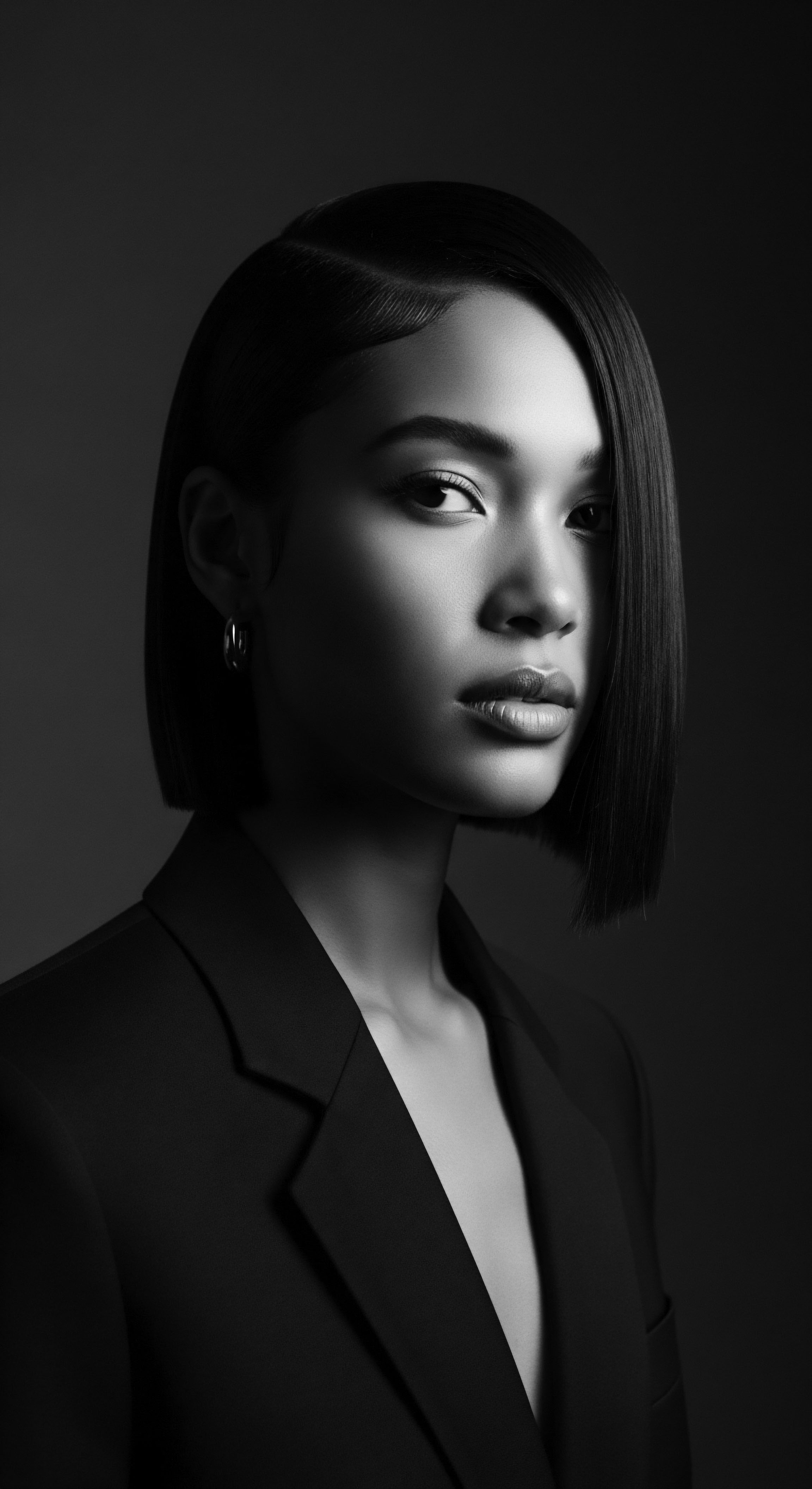
Academic
The academic elucidation of an Anti-Inflammatory Scalp transcends a mere descriptive meaning; it represents a comprehensive understanding of the dermatological, immunological, and cellular processes that govern scalp health, critically examined through the particular lens of textured hair and its historical context. This definition acknowledges that scalp inflammation is not a monolithic entity, but a spectrum of complex immunopathological responses—ranging from acute, localized reactions to chronic, systemic conditions—each with specific cellular mediators and genetic predispositions that disproportionately impact individuals of African descent. The investigation deepens into the intricate interplay between innate biological vulnerabilities, environmentally induced stressors, and the socio-cultural practices that have shaped hair care traditions over centuries.
From an academic perspective, persistent scalp inflammation is often rooted in dysregulation of the epidermal barrier, an imbalance in the scalp microbiome, or aberrant immune responses to common triggers. Conditions like seborrheic dermatitis, characterized by erythema and scaling, involve an overgrowth of lipophilic yeasts of the Malassezia genus, coupled with an inflammatory reaction to their metabolic byproducts. Psoriasis, another chronic inflammatory condition, involves accelerated keratinocyte turnover and T-cell mediated immune responses. For individuals with textured hair, these common conditions can be compounded by additional factors, such as the unique biomechanical stresses placed upon the hair follicle by certain styling practices, or the diminished ceramide content in the stratum corneum that can lead to increased transepidermal water loss and subsequent dryness, triggering a compensatory inflammatory cascade.

The Legacy of Disparities ❉ Inflammation and Textured Hair
The academic inquiry into the anti-inflammatory scalp must acknowledge the historical and ongoing disparities in dermatological care for textured hair. Certain forms of scarring alopecia, notably Central Centrifugal Cicatricial Alopecia (CCCA) and Traction Alopecia (TA), are prevalent within Black and mixed-race communities. These conditions represent severe inflammatory processes that lead to irreversible hair loss, often with profound psychological and social consequences.
CCCA, for instance, is characterized by lymphocyte and plasma cell infiltration around the follicular infundibulum and is hypothesized to involve genetic predisposition, inflammatory triggers, and perhaps even oxidative stress from certain chemical treatments or heat styling. Traction Alopecia, conversely, is directly tied to chronic pulling on the hair follicle, a mechanical stressor that initiates an inflammatory response leading to fibrosis and follicular destruction.
Academic inquiry reveals the profound historical and biological interplay shaping textured hair’s scalp health.
A significant academic contribution to understanding this intersection comes from a 2011 study on dermatologic conditions in African-American patients, which highlighted how inappropriate styling practices, often rooted in societal pressures or a lack of understanding about textured hair’s distinct properties, can lead to chronic inflammation and permanent hair loss. This investigation documented that Traction Alopecia and Seborrheic Dermatitis were frequently observed conditions, with scalp inflammation being a direct or indirect consequence of various hair care techniques prevalent in the community. This empirical data underscores a critical point ❉ the quest for an anti-inflammatory scalp is not solely a biomedical pursuit but also a socio-historical one, deeply entwined with the journey of identity, assimilation, and self-acceptance within the African diaspora. The very history of hair straightening, dating back to the period of enslavement as a means of conforming to Eurocentric beauty standards, speaks to the immense pressures that could inadvertently contribute to scalp distress.
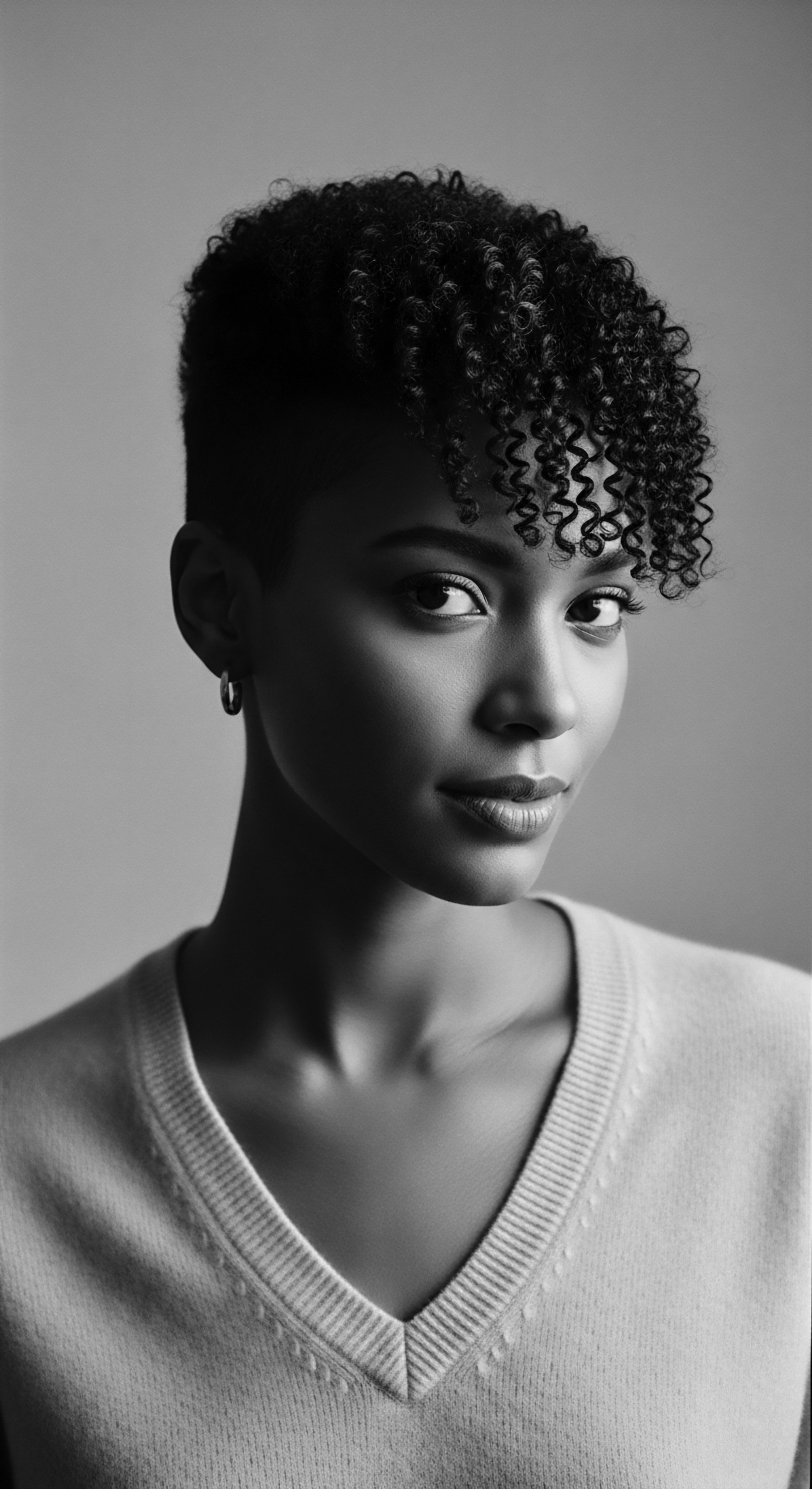
Ancestral Practices and Pharmacognosy of Scalp Care
The rigorous examination of ancestral practices, through the lens of ethnobotanical and pharmacognostic research, unveils a sophisticated understanding of botanical agents with anti-inflammatory properties. While traditional healers may not have used terms like “cytokines” or “NF-κB pathways,” their empirical methods yielded effective remedies. Many African plants used historically for hair and scalp ailments have been scientifically investigated for their bioactive compounds.
For instance, species such as Allium sativum L. (garlic), Carica papaya L. (papaya), and various species from the Lamiaceae family (mints, basil) were applied topically for conditions resembling what we now classify as alopecia or scalp dermis infections. Academic studies are now confirming the presence of compounds with anti-inflammatory, antimicrobial, and even immunomodulatory activities in these plants, thereby validating the historical efficacy of these natural interventions.
The continuous topical application of traditional oils like Moringa Oil (from Moringa oleifera) or Baobab Oil (from Adansonia digitata), revered in numerous African cultures, would have delivered not only moisturizing fatty acids but also a complex array of phytosterols, tocopherols, and phenolic compounds known for their antioxidant and anti-inflammatory attributes. The meticulous process of creating these oils, often involving cold-pressing and careful storage, preserved their therapeutic integrity. This academic inquiry into traditional ingredients thus reframes ancestral knowledge not as anecdotal lore, but as a robust, empirically driven system of wellness, deserving of contemporary scientific recognition. The challenges posed by modern styling methods on fragile Afro-ethnic hair, leading to breakage and scalp disorders, demand a re-examination of these gentler, historically validated approaches.

Interconnectedness of Scalp Health and Systemic Well-Being
Beyond topical applications, a holistic academic understanding of the anti-inflammatory scalp acknowledges its interconnectedness with broader systemic health. Chronic stress, dietary imbalances, and certain systemic conditions can all precipitate or exacerbate scalp inflammation. This perspective aligns profoundly with ancestral wisdom, where wellness was rarely compartmentalized. Traditional healing systems often addressed the individual as a whole, understanding that outward manifestations, such as scalp discomfort, were often symptomatic of deeper internal disharmony.
The therapeutic practices extended beyond physical remedies to include spiritual and communal rituals, all aimed at restoring equilibrium. This comprehensive approach, now finding resonance in modern functional medicine, demonstrates that an anti-inflammatory scalp is a mirror reflecting overall health, a profound connection to the intricate balance of mind, body, and spirit.
Furthermore, the academic discourse considers the role of the skin barrier function. The scalp’s stratum corneum, its outermost layer, acts as a critical defense against irritants, allergens, and microbial invasion. When this barrier is compromised—whether by aggressive cleansing, chemical processing, or genetic predisposition—it becomes permeable, allowing inflammatory triggers to penetrate more easily.
This concept directly informs the historical use of emollient-rich plant butters and oils, which would have naturally supplemented the lipid barrier, thereby fortifying the scalp’s defenses against inflammation. Understanding the specific lipid profiles and moisture retention capabilities of textured hair is crucial here, as its unique structure can make it more susceptible to dehydration, further underscoring the importance of these barrier-supporting, anti-inflammatory practices.

Reflection on the Heritage of Anti-Inflammatory Scalp
The journey through the meaning of an Anti-Inflammatory Scalp, from elemental principles to academic complexities, ultimately leads us back to a profound reverence for heritage. This state of scalp equilibrium, often sought unconsciously through generations of care, speaks to the enduring wisdom embedded within Black and mixed-race hair traditions. Each gentle touch, each botanical infusion, each protective style chosen for textured hair, carries echoes of ancestral knowledge—a collective understanding of how to nurture the scalp as the fertile ground for strands that tell stories of resilience, identity, and unfailing beauty.
The historical narrative of textured hair, often marked by challenges and triumphs, finds a tangible expression in the care of the scalp. It is a space where the past truly informs the present, where ancient remedies, once dismissed as folk traditions, are now affirmed by scientific scrutiny, revealing the ingenuity of those who came before us. The aspiration for an anti-inflammatory scalp is not a modern trend but a continuation of an unbroken lineage of self-care, a profound meditation on the connection between the earthly body and the spiritual self.
In the delicate curve of every coiled strand, and in the quiet strength of a soothed scalp, resides a piece of history, a whisper of a legacy. This reflection invites us to approach our hair, and particularly our scalp, with a sense of wonder and gratitude, recognizing that its well-being is intrinsically linked to the collective memory of our ancestors. The anti-inflammatory scalp becomes a symbol of healing, a testament to the power of tradition, and a beacon for the vibrant, unbound future of textured hair.

References
- LoPresti, P. J. & Sperling, L. C. (2011). Hair Care Practices in African-American Patients. Seminars in Cutaneous Medicine and Surgery, 28(2), 103-108.
- Goulart, M. Bittencourt, M. & Luz, R. D. (2020). Black women’s hair ❉ the main scalp dermatoses and aesthetic practices in women of African ethnicity. Anais Brasileiros de Dermatologia, 95(1), 12-21.
- Adeyemo, T. A. & Ogunbiyi, A. O. (2024). A Review Of Indigenous Therapies For Hair And Scalp Disorders In Nigeria. Skin Appendage Disorders, 10(1), 1-10.
- Adjanohoun, E. J. & Ake Assi, L. (1988). Contribution to ethnobotanical and floristic studies in Togo. Agence de Coopération Culturelle et Technique.
- Dweck, A. C. (2009). The use of natural ingredients in hair care. International Journal of Cosmetic Science, 31(1), 1-22.
- McMichael, A. J. (2007). Hair and scalp disorders in African Americans. Dermatologic Therapy, 20(3), 184-192.
- Burgoyne, J. G. & Hampton, J. A. (2006). African-American hair ❉ clinical considerations and practical approaches. Journal of the National Medical Association, 98(10), 1684-1692.
- Charles, K. (2014). The Natural Hair Handbook ❉ The Definitive Guide to Hair Care and Hairstyles for African American Women. CreateSpace Independent Publishing Platform.
